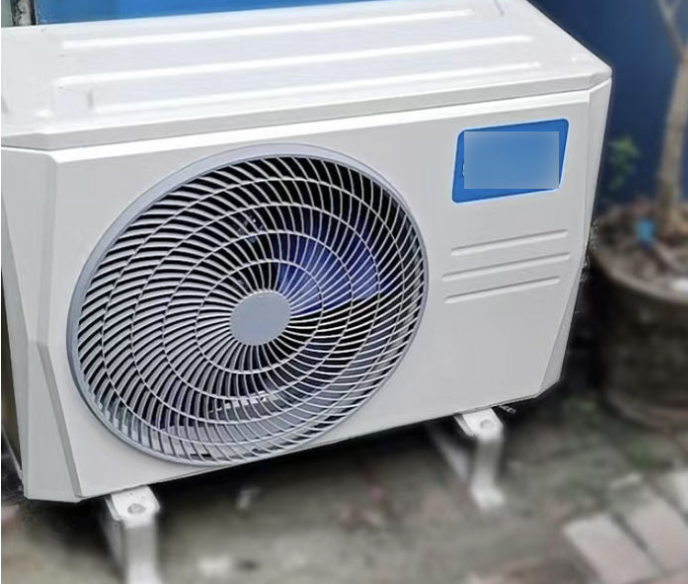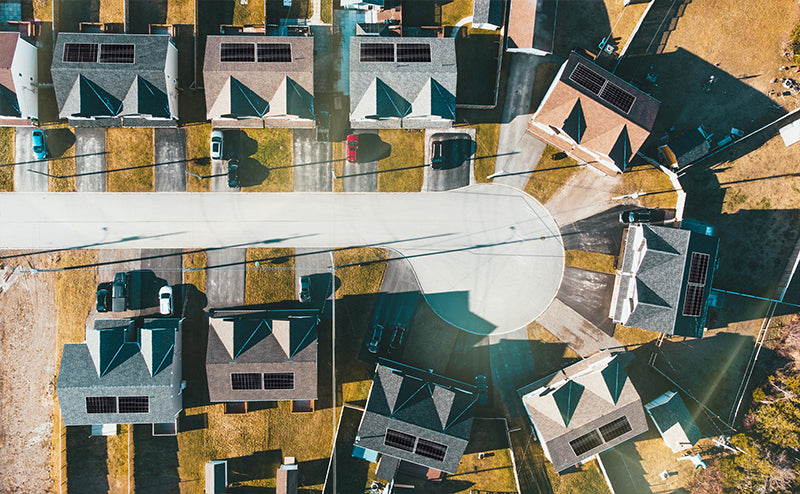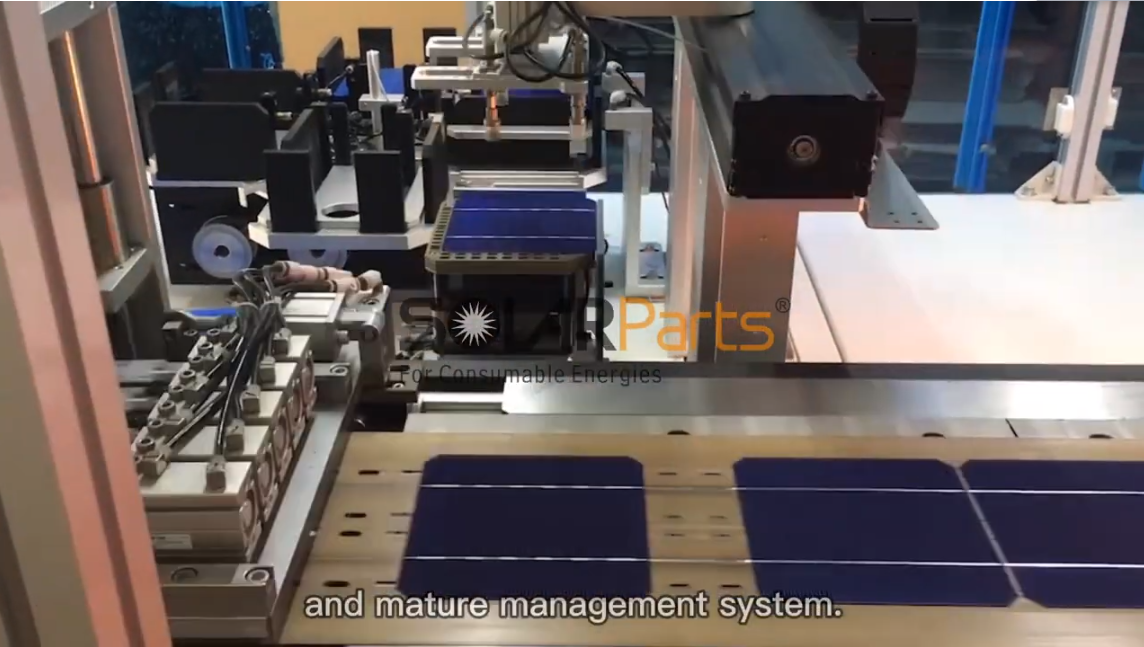On June 12 this year, the UK’s last remaining coal-fired power station was awoken from a 46-day slumber to meet demand for electricity to run air-conditioning units.
These were rare circumstances as hot weather across the country combined with low wind, a nuclear power station under maintenance and a faulty electricity interconnector with Norway. But the weather is only going to get hotter, and the incident has shed light on the vital role that rooftop solar systems should play in our future energy system.
The absurdity of resorting to coal to power air conditioners during a UK summer is difficult to miss. This is particularly so given rooftop solar systems are uniquely positioned to meet this demand as high summer temperatures coincide with lots of sunshine. They can also help to shade buildings, effectively reducing demand for cooling and lowering energy consumption.
Cooling demand is not limited to air conditioning and can involve many other energy-intensive processes in homes, supermarkets, offices, hospitals, factories and so on. Up and down the country, motors are driving compressors that are used for cooling fridges, freezers, data centres, food processing industries, water coolers, among many others.

This equipment will operate more intensely as air temperatures rise. According to UK government estimates, peak cooling demand during a heat wave can be twice as high as an average summer day.
Cooling benefits of rooftop solar panels
Rooftop solar can also reduce demand for cooling by keeping buildings in the shade. A study conducted by Arizona State University found that even a modest group of solar panels that shade about half a roof can lead to anything from 2% to 13% reduction in cooling demand, depending on factors such as location, roof type and insulation levels.
Although rooftop solar is being installed faster than ever in the UK, it is still greatly under-used and only on roughly one in 30 buildings. The recent 3D mapping of whole towns and cities means it has become possible to estimate the potential more accurately. Tools such as Google Environmental Insights analyse satellite imagery not only to see how many modules might be installed across our city skylines, but where they should be installed in order to minimise shading and generate the most electricity.
Consider the possibilities for Nottingham and Coventry, two cities in England’s Midlands where we work. If Nottingham were to maximise its rooftop potential, all those panels could generate nearly 500 megawatts (MW) of electricity, about the same as a medium-sized gas power plant. Coventry has greater potential, with 700MW. These capacities would equate to nearly one-third of Nottingham’s electricity demand and almost half of Coventry’s – from their rooftops alone.
With the planet experiencing its hottest temperature in around 120,000 years, keeping buildings cool will be vital. For now, cooling demand is predominantly driven by non-domestic buildings, but projections indicate that by the end of the century around 80% may come from homes.
This makes things awkward, as domestic air-conditioners tend to be used most in the evenings when people return after work or school – not during the day when the sun is shining. Researchers in Australia have proposed a clever solution to address this imbalance by programming air-conditioning units to work in tandem with solar systems to pre-cool buildings before people arrive home.
In the face of evolving climate challenges, the pivotal role of solar systems in addressing summer cooling demand and enhancing climate resilience is becoming evermore evident. While an unusual reliance on coal-fired power for air conditioning underscored this urgency in June, an interesting observation emerged the following month: despite July being cool, cloudy and rainy, solar panels still contributed around 8% of UK electricity demand. This surpassed the value for July 2022, despite that summer’s record-breaking temperatures.
What had happened? Though solar panel generation was down 7% this July, overall electricity demand decreased by 15%, in part due to a substantially reduced demand for cooling. The link between the two is very clear.
To learn more about photovoltaic power generation, please follow SOLARPARTS official website:
Twitter: Solarparts Instagram: Solarparts
Tumblr: Solarparts Pinterest: Solarparts
Facebook: Shenzhen Solarparts Inc
Email address: Philip@isolarparts.com
Homepage: www.isolarparts.com



